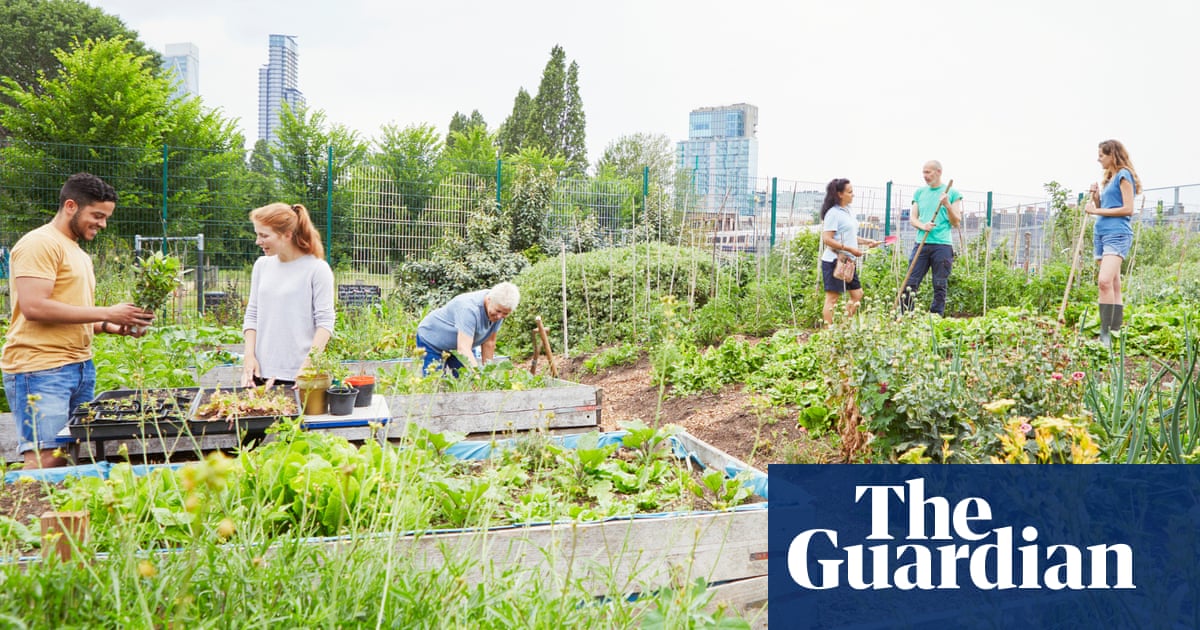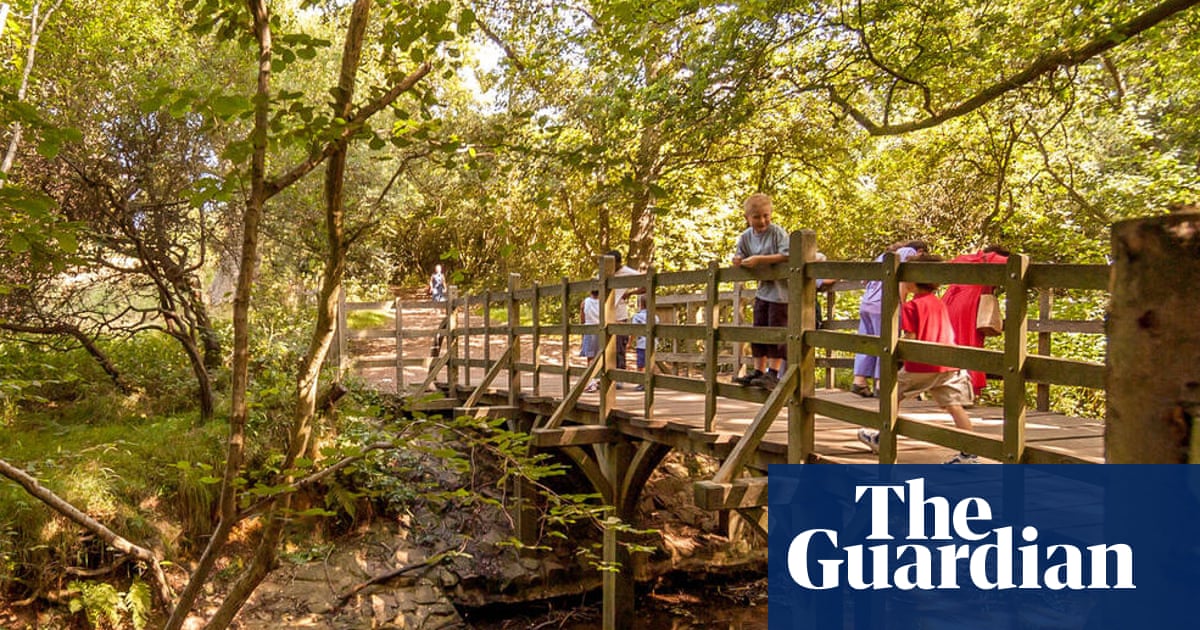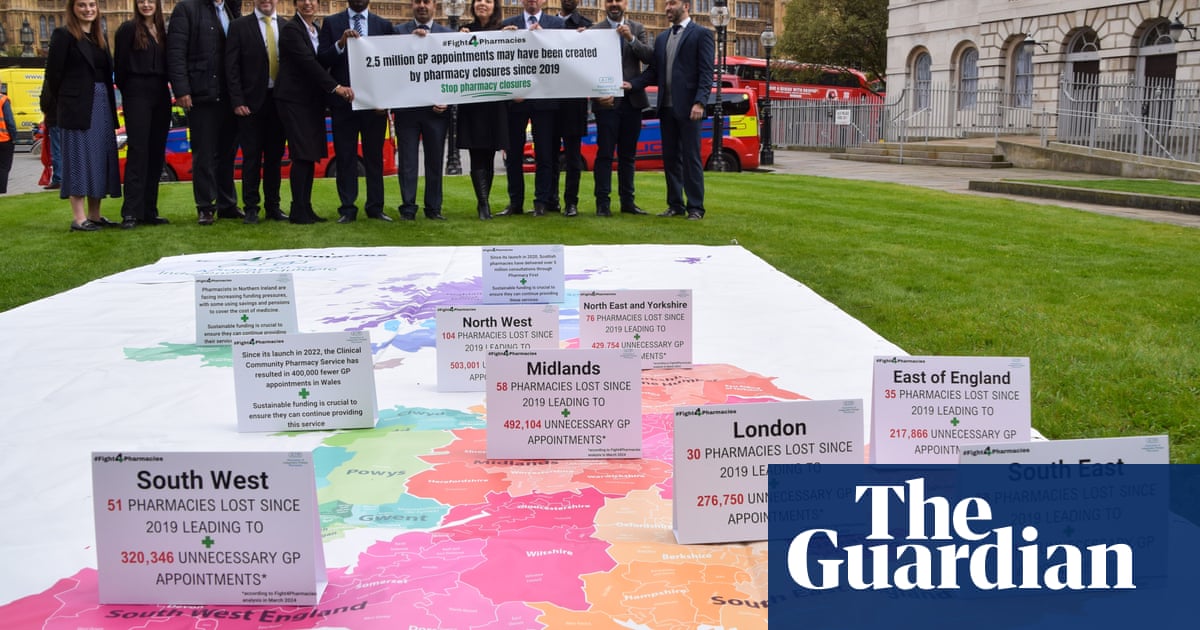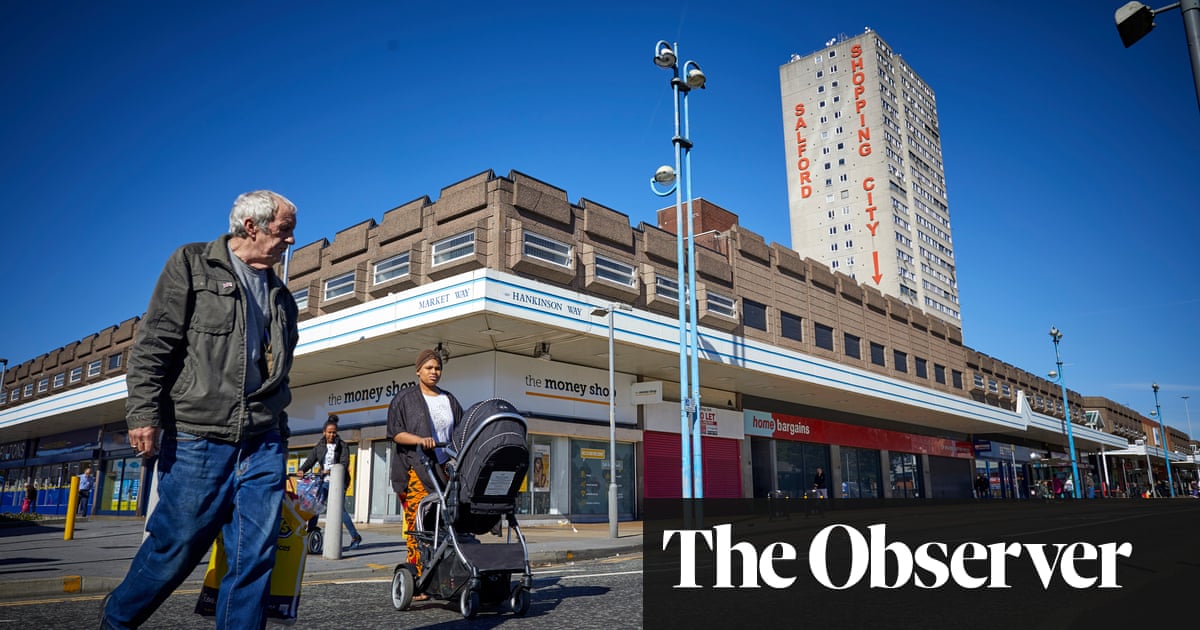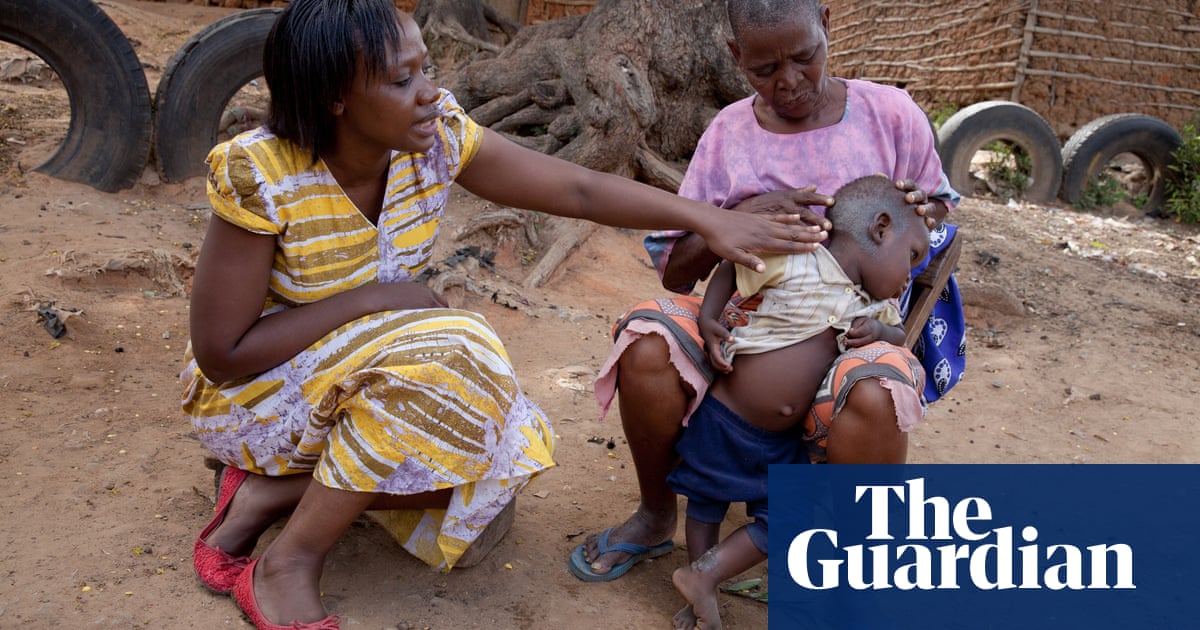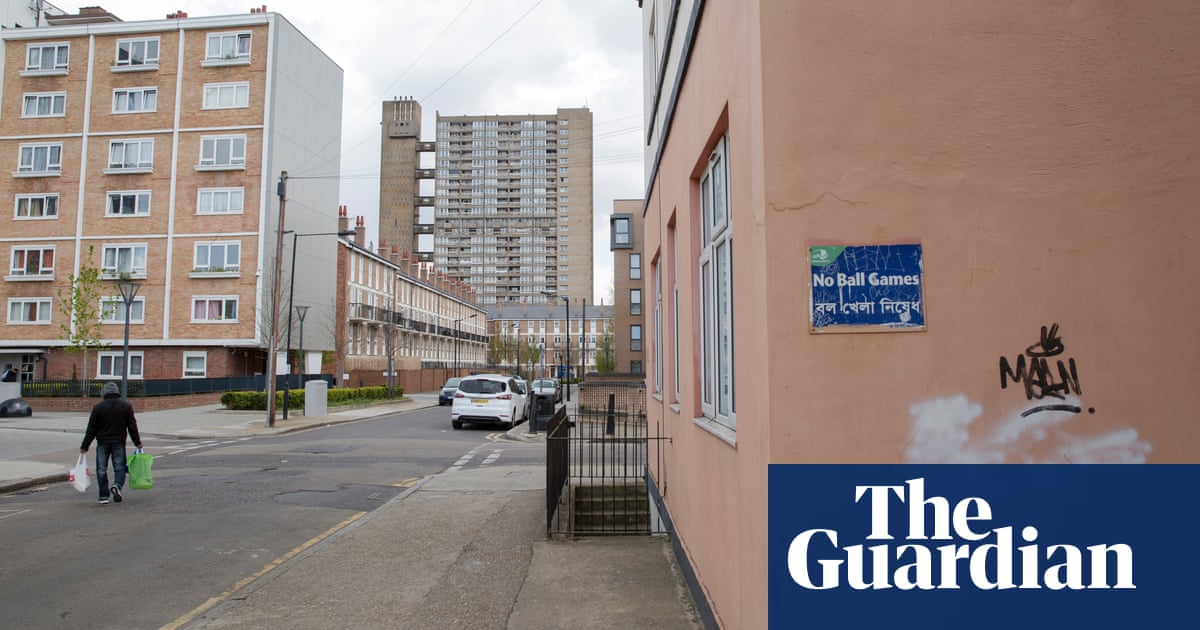
Children in the poorest areas of England are missing the most schooling, research suggests, and attendance levels are at their lowest in regions with high Covid-19 infection rates.
Attendance levels at secondary schools in Knowsley, Merseyside, were as low as 61%, and rates were also less than 70% in other local authority areas in the north-west and in Yorkshire and the Humber.
The signs of strain on school rolls came as Unison warned that Covid-19 could be spreading via lower-paid non-teaching staff such as caterers and cleaners who cannot afford to self-isolate at home.
The union is compiling a list of contractors who will not grant full sick pay if employees get Covid or need to go into isolation. “We already know of several large contractors denying staff full sick pay, and they each have contracts with hundreds of schools,” said Jon Richards, the head of education at Unison.
The Scottish government on Friday issued advice that older school pupils should wear face coverings in classrooms in areas that are in level 3 or 4 of Scotland’s lockdown system.
The strongest official advice on masks yet to be issued in any part of the UK will apply to young people across central Scotland including Glasgow and Edinburgh, where tier 3 comes into force on Monday.
Scotland’s education secretary, John Swinney, said pupils had already complied “magnificently” with masks guidance, and individual schools would take steps to support any pupils who were unable to afford the items or had medical conditions that prevented their use. “We do not want to see young people excluded from school because of issues they have wearing face coverings,” he added.
A co-author of the English schools research said high infection rates and the inadequacy of the coronavirus testing regime meant that “a lot of schooling” was being missed despite Boris Johnson’s pledge to make the return to class a national priority.
Government figures report that 86% of children attended school on 22 October, but the research by the University of Bristol and FFT Education Datalab suggests the national statistics hide strong regional and local variation. Since their analysis was based on local authority averages, the researchers said attendance in some schools could have been below 50%.
“As we see again and again, the pandemic is exacerbating inequalities and reducing still further the chances of levelling up,” said Simon Burgess, a professor of economics at the University of Bristol.
The researchers drew on statistics released in answer to a parliamentary question, and outlined their findings in a blog in which they warned that the biggest hit to future life chances was being felt by those in the most challenging circumstances.
However, they also found there was not necessarily a correlation between attendance and poverty in some areas such as London and the West Midlands. “It definitely shows that somehow, either because of what local government is doing, or perhaps something to do with the place or how the virus is acting, it does not have to be the case that really high poverty rates mean you should end up with low attendance,” Burgess said.
A Department for Education spokesperson said more than 99% of schools have been open every week since term began.
“Schools are putting remote education in place for pupils self-isolating and our £1bn Covid catch-up package will tackle the impact of lost teaching time including the £350m national tutoring programme for disadvantaged students.”




